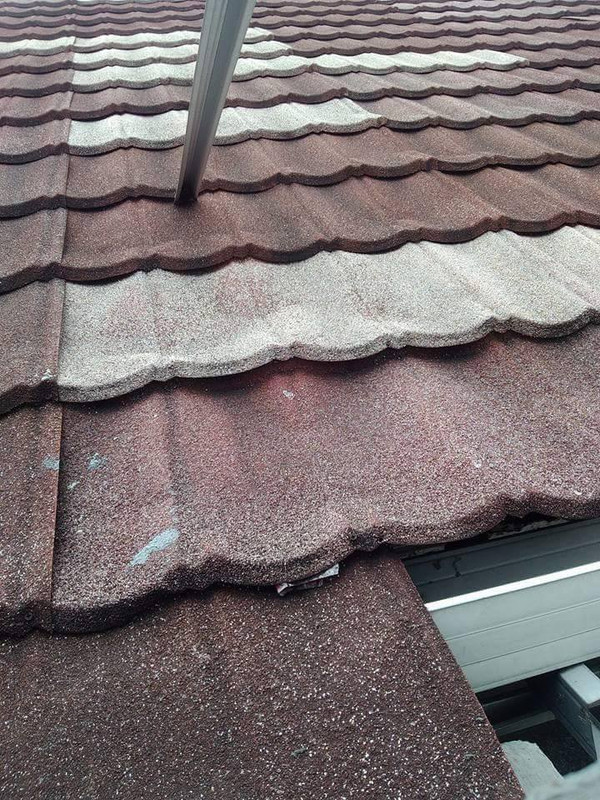Beranda > Artikel
How to Fix a Leaking Roof
The rainy season has arrived. You should be careful because the weather can cause damage to your roof. A house, which is essentially a shelter, if not maintained, will be less sturdy than it seems. For example, roof tiles that are rarely maintained can cause leaks during the rainy season. Furthermore, a leaky roof will also allow water to easily seep into the house itself. Roof leaks can occur due to cracked concrete slabs, which can lead to leaks. For those of you who are new to fixing a leaking roof, you can try these tips:
Understand the Cause of a Leaking Roof
The first step you can take to repair a leaking roof is to check the cause of the leak. Check the roof to find the source of the leak. If your roof is leaking due to a cracked concrete slab, the following may be the cause:
- When the concrete was poured and hadn't fully dried, you overloaded it or the concrete slab exceeded its capacity.
- Extreme temperatures affected the concrete slab itself and caused shrinkage cracks.
- Failure to apply a curing compound or maintenance using standing water for 7 days.
- Movement of the building structure caused the concrete slab to become unstable.
- The concrete thickness didn't meet existing standards or the mix wasn't perfect.
- The concrete slab wasn't perfect during construction or there were visible cracks in the concrete slab.
How to Fix a Leaking Roof
Here are some ways to fix a leaking roof:
1. Use a Heat-Resistant Coating
To make the concrete slab on your roof heat-resistant, create a special coating. This special coating uses materials such as acrylic, additives, and silica sand. Use a brush roller and apply the liquid to the cracked surface. This is guaranteed to fix the leaking roof surface and make it heat-resistant.
2. Apply Waterproofing
Waterproofing is often used as a solution for leaking roofs. First, drill a hole 2 cm deep. If the crack is large enough, simply compact it with cement and smooth it out. Then, use a brush coated with fiber waterproofing to cover large cracks. This will seal smaller holes. Apply the waterproofing evenly over the entire surface of the concrete roof.
3. Coat with Wall Paint
Even if you use a heat-resistant and waterproofing layer, the roof surface still needs wall paint. Waterproofing is very elastic and slightly sticky when dry, so wall paint is suitable to reduce its stickiness. Apply this coating during a very sunny day so it dries quickly.
4. Use Bitumen Sheets for Flooded Areas
Some parts of the concrete roof are prone to flooding during the rainy season. In these areas, use bitumen sheets, which are suitable for flooded areas. Bitumen coatings are not suitable for areas exposed to direct sunlight. Then, use cement powder and a solvent that is also resistant to waterlogging but not as strong against ultraviolet light. Mix thoroughly and apply a layer to the cracked surface.
Remember, when waterproofing, first clean the surface of any dirt and apply two coats. Allow at least four hours between each coat to allow for complete drying. The area to be waterproofed should also be dry, not wet. Identifying leaks will save you time in fixing a leaking roof. Good luck!
 Bahasa Indonesia
Bahasa Indonesia  Inggris
Inggris
 Bahasa Indonesia
Bahasa Indonesia  Inggris
Inggris
 Bahasa Indonesia
Bahasa Indonesia  Inggris
Inggris




